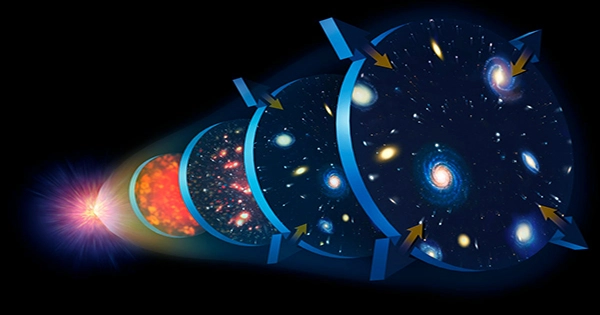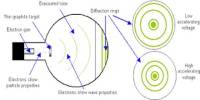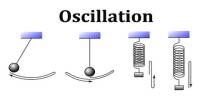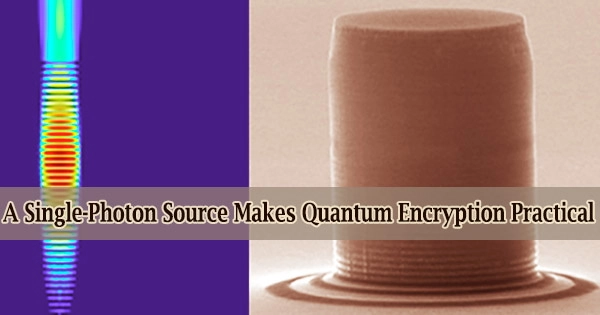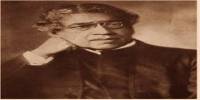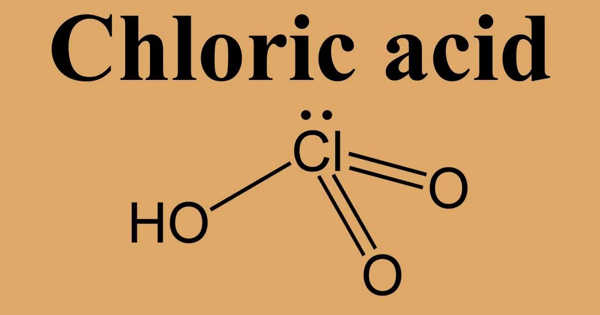Cuprite, a gemstone, has the potential to pave the way for faster and more powerful quantum computers. It has long been valuable for quantum research due to its unique features, but a new experiment could pave the way for computing to be transformed. Cuprite is a mineral that is made up of the elements copper and oxygen. Cuprite is found all over the world, but the few huge crystals originate from a single Namibian mine that is believed to be depleted. Although it has a lovely red hue, earning it the name ruby copper, it is not often utilized in jewelry due to its softness and small stones. A mine in Onganja, Namibia produces nearly all of the cuprites large enough to attract jewelers.
Cuprite is significant to physicists because it creates Rydberg excitons that are very big and hence easier to examine (quasiparticles made from bound combinations of electrons and electron holes). Light has been coupled to cuprite Rydberg excitons by a team led by Dr. Hamid Ohadi of the University of St Andrews, resulting in the largest matter-light hybrid particles ever generated. The findings have been reported in Nature Materials. Einstein demonstrated that matter and energy (including light) are identical when divided by the speed of light squared. Rydberg polaritons serve as a link between the two, allowing light and matter to flip back and forth. They can interact with one other in their matter state, allowing for the creation of a quantum simulator, a form of a quantum computer.
Quantum simulators, like all quantum computers, deconstruct the binary system in which information must be stored as either zeros or ones, allowing it to be stored as anything in between. This allows for the simultaneous execution of processes that are now performed in a sequential manner by existing computers. Although quantum simulators are not theoretically capable of performing as many functions as other quantum computers, they are well suited to solving a number of critical scientific challenges. It is envisaged that they will enable us to better understand atom behavior at very low temperatures, as well as folding structure, in ways that could lead to breakthroughs in superconducting and pharmaceutical design, for example.
Building quantum computers is one of the big science undertakings of the twenty-first century, with a variety of architectures under consideration, each with its own set of benefits and downsides. “Making a quantum simulator out of light is science’s holy grail. “By producing Rydberg polaritons, the main ingredient in it, we’ve made a tremendous step forward,” Ohadi said in a statement.
Polishing a cuprite crystal from Onganja till it was thinner than human hairs – about 0.03 millimeters (0.0012 inches) thick – and sandwiching it between two ultra-reflective mirrors produced the polaritons. The light was trapped between the two mirrors and passed through the crystal, resulting in Ryberg polaritons that were 0.5 m broad, 100 times larger than any previously created.
Controlling the polaritons to construct quantum circuits is the next stage. Because the Onganja mine has been closed and inundated for many years, synthesizing huge cuprite stones may become a priority if no other natural supply can be discovered. Fortunately, this crew was able to find one on eBay.
